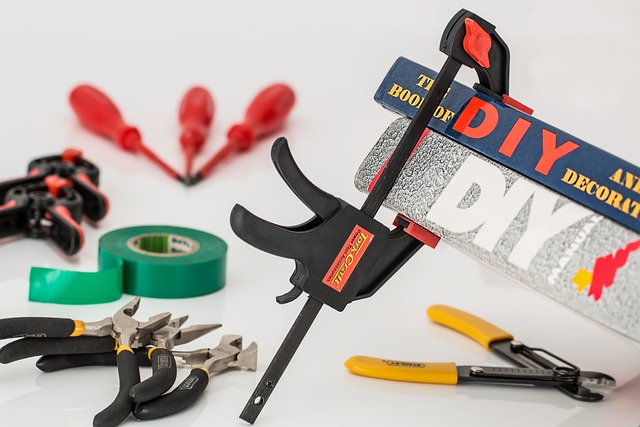DIY Home Improvement: Boost Your Space on a Budget
Are you thinking of renovating your home, but not sure where to start? Do you want to give your home a fresh new look without breaking the bank? DIY home improvement is the perfect solution for you. Not only can it save you money, but it can also be a fun and rewarding experience.
Benefits of DIY Home Improvement
There are many benefits to DIY home improvement. Some of the most significant advantages include:
- Cost-effective: DIY projects can save you a significant amount of money compared to hiring a professional contractor.
- Personalization: With DIY home improvement, you have complete control over the design and materials used, allowing you to create a space that reflects your personal style.
- Learning experience: DIY projects can be a great way to learn new skills and gain confidence in your abilities.
- Sense of accomplishment: Completing a DIY project can give you a sense of pride and accomplishment.
DIY Home Improvement Projects for Beginners
If you’re new to DIY home improvement, it’s best to start with small, simple projects. Here are some great projects for beginners:
- Painting a room: Painting a room is a simple and inexpensive way to give your home a fresh new look.
- Installing new light fixtures: Updating your light fixtures can make a big impact on the overall look and feel of your home.
- Creating a backsplash: A backsplash can add a pop of color and personality to your kitchen.
- Building a planter box: Building a planter box is a great way to add some greenery to your home and create a unique outdoor space.
Essential Tools for DIY Home Improvement
Before you start any DIY project, it’s essential to have the right tools. Here are some essential tools that you’ll need:
- Hammer: A hammer is a must-have tool for any DIY project.
- Tape measure: A tape measure will help you get accurate measurements for your projects.
- Level: A level will ensure that your projects are straight and level.
- Drill: A drill is a versatile tool that can be used for a variety of projects.
- Saw: A saw is necessary for cutting wood and other materials.
Safety Precautions for DIY Home Improvement
When working on DIY projects, safety should always be your top priority. Here are some essential safety precautions to keep in mind:
- Wear protective gear: Wear safety glasses, gloves, and a dust mask to protect yourself from debris and dust.
- Use proper lifting techniques: Lift heavy objects carefully and avoid straining your back.
- Follow instructions: Follow the instructions for any tools or materials you’re using.
- Work in a well-ventilated area: Make sure the area you’re working in is well-ventilated to avoid inhaling dust and fumes.
Conclusion
DIY home improvement can be a fun and rewarding experience. With the right tools, knowledge, and safety precautions, you can create a beautiful and functional space that reflects your personal style. Whether you’re a beginner or an experienced DIYer, there’s always a new project to tackle. So why not get started today and see the difference DIY home improvement can make?
Additional Resources
For more information on DIY home improvement, check out these additional resources:
- DIY Network: The DIY Network is a great resource for tutorials, videos, and instructions on various DIY projects.
- HGTV: HGTV is a great resource for home improvement tips, tutorials, and inspiration.
- YouTube: YouTube is a great resource for DIY tutorials and videos on various projects.



